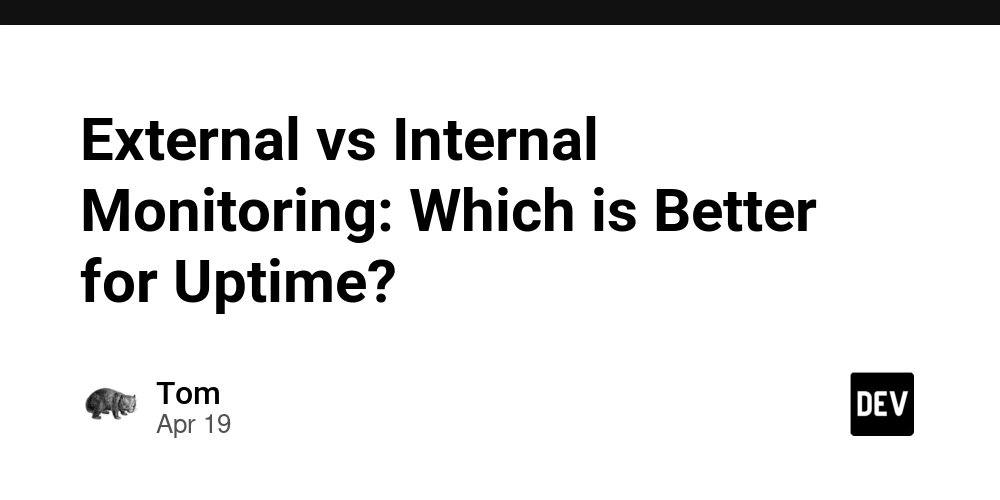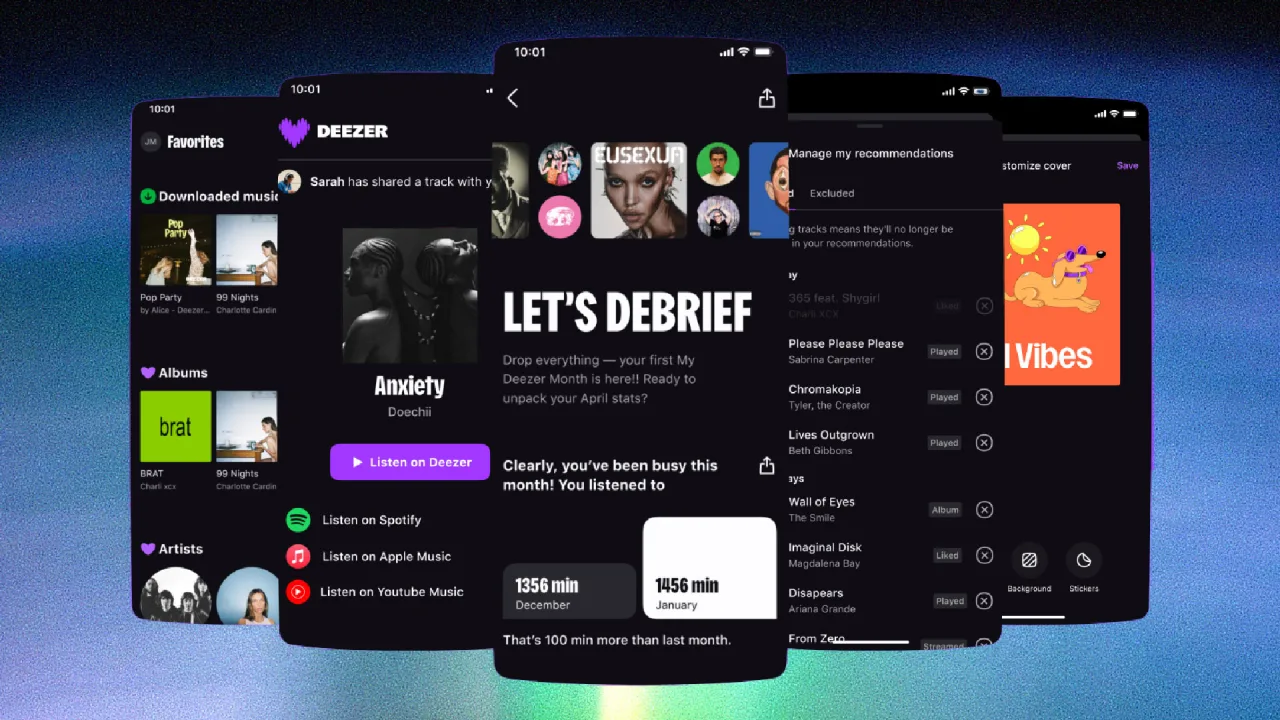Application Performance Optimization
Application performance is critical to user experience, scalability, and success in today's fast-paced digital world. A slow or laggy app can result in poor retention and lost users. This blog post outlines practical strategies to improve the performance of your applications across web, mobile, and backend systems. Why Optimize Performance? User Experience: Fast-loading apps keep users engaged and satisfied. Resource Efficiency: Efficient applications use less CPU, memory, and bandwidth. Scalability: Well-optimized apps handle more users and data without performance degradation. SEO and Ranking: For web apps, speed impacts search engine rankings. Key Areas to Focus On 1. Front-End Optimization Minimize HTML, CSS, and JavaScript files using tools like UglifyJS or CSSNano. Use lazy loading for images and videos to load content as needed. Implement browser caching and content delivery networks (CDNs). Optimize media assets (compress images, use modern formats like WebP). Reduce the number of HTTP requests. 2. Back-End Optimization Optimize database queries and use indexing where appropriate. Implement caching layers with tools like Redis or Memcached. Use load balancing to distribute requests efficiently. Avoid blocking code and use asynchronous processing where possible. Profile server performance to identify bottlenecks. 3. Code-Level Improvements Use efficient data structures and algorithms. Refactor redundant or complex code. Eliminate memory leaks and manage resources properly. Remove unnecessary dependencies and modules. 4. Mobile App Optimization Reduce app size and startup time. Use efficient network calls and minimize battery usage. Support offline caching and background data syncing. Optimize rendering performance on different screen sizes. Tools for Performance Monitoring and Testing WebPageTest / Lighthouse: For analyzing web page performance. Chrome DevTools: For inspecting and debugging web applications. New Relic / Datadog: For backend monitoring and APM (Application Performance Monitoring). JMeter / LoadRunner: For stress and load testing applications. Firebase Performance Monitoring: For mobile apps. Best Practices Monitor performance continuously using real-time tools. Set performance budgets and goals during development. Optimize early, but also review regularly as features grow. Involve QA and DevOps teams in performance testing. Conclusion Performance optimization is an ongoing process that plays a vital role in the success of any application. By following these best practices and using the right tools, you can ensure your applications are fast, reliable, and scalable — leading to better user experiences and business outcomes.

Application performance is critical to user experience, scalability, and success in today's fast-paced digital world. A slow or laggy app can result in poor retention and lost users. This blog post outlines practical strategies to improve the performance of your applications across web, mobile, and backend systems.
Why Optimize Performance?
- User Experience: Fast-loading apps keep users engaged and satisfied.
- Resource Efficiency: Efficient applications use less CPU, memory, and bandwidth.
- Scalability: Well-optimized apps handle more users and data without performance degradation.
- SEO and Ranking: For web apps, speed impacts search engine rankings.
Key Areas to Focus On
1. Front-End Optimization
- Minimize HTML, CSS, and JavaScript files using tools like UglifyJS or CSSNano.
- Use lazy loading for images and videos to load content as needed.
- Implement browser caching and content delivery networks (CDNs).
- Optimize media assets (compress images, use modern formats like WebP).
- Reduce the number of HTTP requests.
2. Back-End Optimization
- Optimize database queries and use indexing where appropriate.
- Implement caching layers with tools like Redis or Memcached.
- Use load balancing to distribute requests efficiently.
- Avoid blocking code and use asynchronous processing where possible.
- Profile server performance to identify bottlenecks.
3. Code-Level Improvements
- Use efficient data structures and algorithms.
- Refactor redundant or complex code.
- Eliminate memory leaks and manage resources properly.
- Remove unnecessary dependencies and modules.
4. Mobile App Optimization
- Reduce app size and startup time.
- Use efficient network calls and minimize battery usage.
- Support offline caching and background data syncing.
- Optimize rendering performance on different screen sizes.
Tools for Performance Monitoring and Testing
- WebPageTest / Lighthouse: For analyzing web page performance.
- Chrome DevTools: For inspecting and debugging web applications.
- New Relic / Datadog: For backend monitoring and APM (Application Performance Monitoring).
- JMeter / LoadRunner: For stress and load testing applications.
- Firebase Performance Monitoring: For mobile apps.
Best Practices
- Monitor performance continuously using real-time tools.
- Set performance budgets and goals during development.
- Optimize early, but also review regularly as features grow.
- Involve QA and DevOps teams in performance testing.
Conclusion
Performance optimization is an ongoing process that plays a vital role in the success of any application. By following these best practices and using the right tools, you can ensure your applications are fast, reliable, and scalable — leading to better user experiences and business outcomes.


.jpg)

























![[Webinar] AI Is Already Inside Your SaaS Stack — Learn How to Prevent the Next Silent Breach](https://blogger.googleusercontent.com/img/b/R29vZ2xl/AVvXsEiOWn65wd33dg2uO99NrtKbpYLfcepwOLidQDMls0HXKlA91k6HURluRA4WXgJRAZldEe1VReMQZyyYt1PgnoAn5JPpILsWlXIzmrBSs_TBoyPwO7hZrWouBg2-O3mdeoeSGY-l9_bsZB7vbpKjTSvG93zNytjxgTaMPqo9iq9Z5pGa05CJOs9uXpwHFT4/s1600/ai-cyber.jpg?#)












































































































































![[The AI Show Episode 144]: ChatGPT’s New Memory, Shopify CEO’s Leaked “AI First” Memo, Google Cloud Next Releases, o3 and o4-mini Coming Soon & Llama 4’s Rocky Launch](https://www.marketingaiinstitute.com/hubfs/ep%20144%20cover.png)






































































































































































































![Rogue Company Elite tier list of best characters [April 2025]](https://media.pocketgamer.com/artwork/na-33136-1657102075/rogue-company-ios-android-tier-cover.jpg?#)







































































_Andreas_Prott_Alamy.jpg?width=1280&auto=webp&quality=80&disable=upscale#)






























































































![What’s new in Android’s April 2025 Google System Updates [U: 4/18]](https://i0.wp.com/9to5google.com/wp-content/uploads/sites/4/2025/01/google-play-services-3.jpg?resize=1200%2C628&quality=82&strip=all&ssl=1)










![Apple Watch Series 10 Back On Sale for $299! [Lowest Price Ever]](https://www.iclarified.com/images/news/96657/96657/96657-640.jpg)
![EU Postpones Apple App Store Fines Amid Tariff Negotiations [Report]](https://www.iclarified.com/images/news/97068/97068/97068-640.jpg)
![Apple Slips to Fifth in China's Smartphone Market with 9% Decline [Report]](https://www.iclarified.com/images/news/97065/97065/97065-640.jpg)































































































































